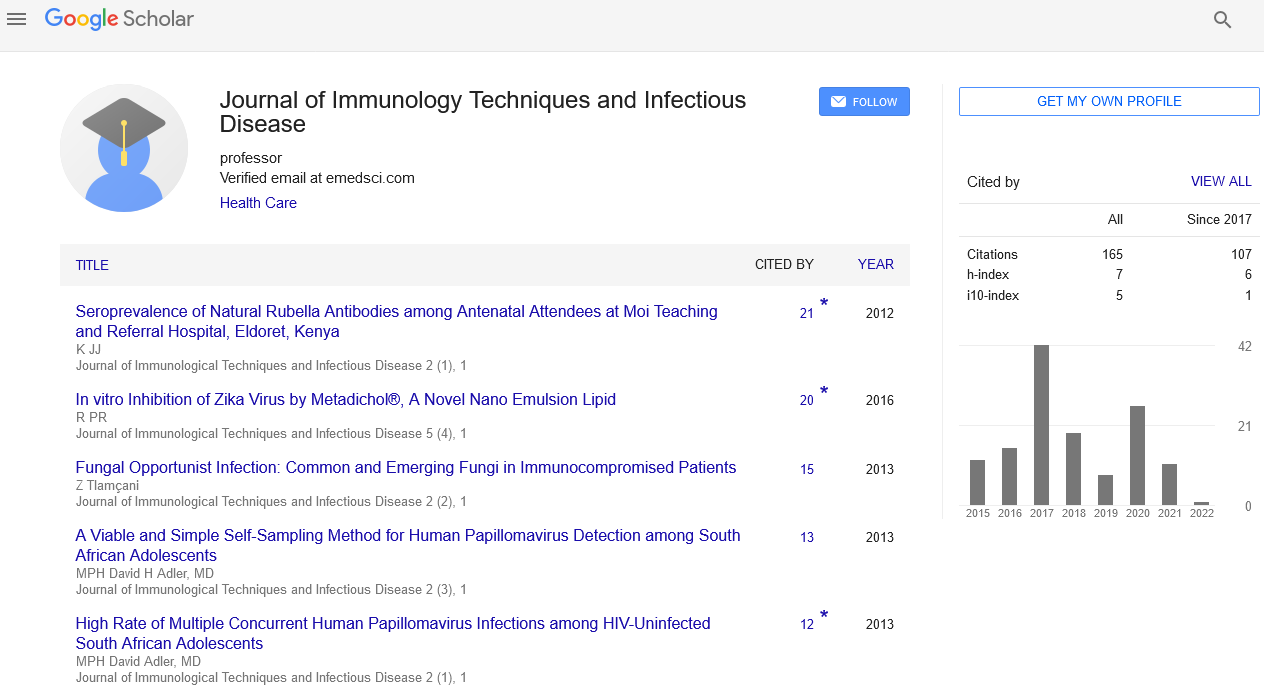Zika virus outbreak in Chiang Mai province: Clinical presentation, risk factors and meteorological conditions
Wasan Katip and PuridaWientong
Chiang Mai University, Thailand
: J Immunol Tech Infect Dis
Abstract
Statement of the Problem: Zika virus is a mosquito-borne pathogen rising in incidence around the world. In Thailand, the number of diagnosed Zika infection cases has significantly increased this year. This indicated that dissemination of this disease is a worldwide problem. However, clinical presentation, risk factors and meteorological conditions of the disease are limited. Methodology & Theoretical Orientation: All Zika infected patients in Chiang Mai, Thailand between June to November 2016 were recruited. All cases were confirmed by polymerase chain reaction (PCR) in blood or urine samples. Clinical manifestations, risk factors and meteorological states of the disease were described and analyzed. Findings: From June to November 2016, there were 15 cases diagnosed in Chiang Mai. Rash was the most reported manifestation (93.33%). Other symptoms reported were conjunctivitis (53.33%), discomfort/weakness (46.67%), fever (40.00%), headache (40.00%), arthralgia (33.33%) and myalgia (26.67%). Risk factors for Zika infection included recent travelling history (within 2 weeks) to Zika virus outbreak area and living in 100 m far from Zika infected patient's home. Both sun and rain were shown to be meteorological variables for Zika virus transmission. Conclusion & Significance: Majority of signs and symptoms of Zika infection included rash, conjunctivitis and fever. The risk factors for Zika infection were recent travelling to Zika virus outbreak zones and living closed to a Zika infected patient's home. Furthermore, episodes of Zika infection were impacted by meteorological conditions.
 Spanish
Spanish  Chinese
Chinese  Russian
Russian  German
German  French
French  Japanese
Japanese  Portuguese
Portuguese  Hindi
Hindi 
